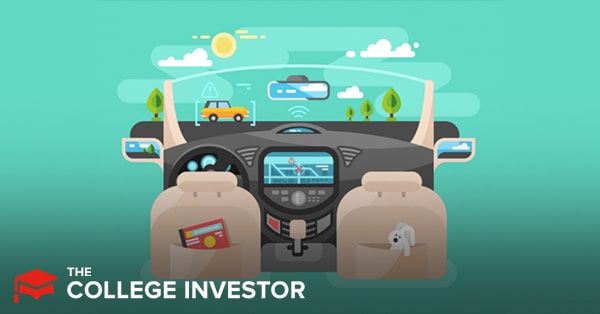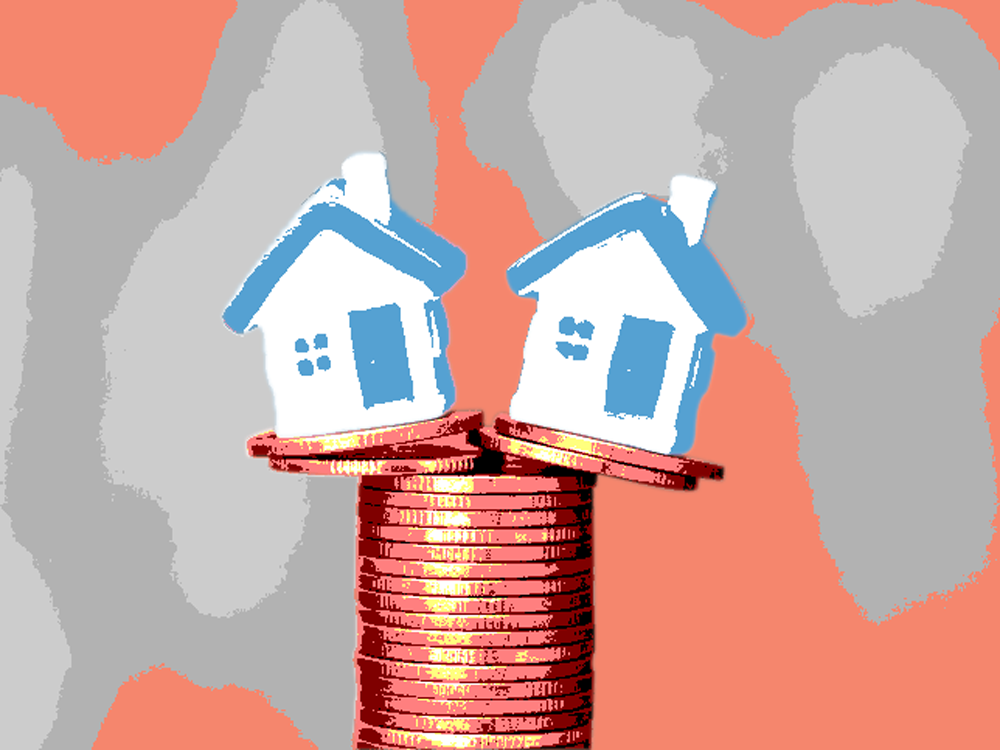
By leasing a car, drivers can experience the luxury and reliability of a new car with a potentially lower monthly payment than with a car loan.
However, that does not mean that leasing is cheaper than buying a car. The lower lease payments cover the depreciation costs of the car and the financing costs. But the payments will not allow you to build equity in the vehicle.
In this article we explain how car lease works and why most price-conscious drivers want to avoid it. Here’s what you need to know.
Leasing a car means you pay to drive
When you lease a car, you pay to drive the car instead of paying to own it. While car leasing is a form of car financing, it is not a traditional loan.
During the lease term, you pay for the right to drive a car up to a certain number of miles. When the lease contract expires, you return the car to the dealer. You never build up equity when you lease the car. You just pay to drive a vehicle.
When you take out a conventional car loan, you own the car debt-free at the end of the loan. By contrast, you do not become the owner of the vehicle you are leasing unless you exercise a purchase option (often with a new loan) at the end of the lease.
Most lease contracts allow you to drive anywhere between 10,000-15,000 per year. For example, a three-year lease may have a limit of 40,000 miles. If you drive more than 40,000 kilometers during your lease, you must pay the excess in kilometers.
What happens when the lease has ended?
When your lease contract expires, you generally have three options:
Exercise a purchase option. At the end of the lease, drivers typically have the option to purchase the vehicle. Buying the vehicle is a good option if the value of the vehicle is greater than the purchase price at the end of the lease. If you don’t have the money to buy the vehicle, you can take out a loan to buy it. Use Lending Tree to compare auto financing rates. Walk away from the vehicle. At the end of the lease, you can settle your bill and walk away from the vehicle. You are not obliged to buy the car or lease a new one from the dealer. This is the right thing to do if the vehicle is worth less than the vehicle’s purchase price. Start a new lease. Dealers will not always offer new leases, but many will offer certain incentives to encourage drivers to enter into a new lease. When you return your vehicle, you have a certain amount of bargaining power to enter into the new lease contract.
What costs can you expect when leasing a car?
When you lease a vehicle, you are faced with upfront costs, monthly payments, and fees at the end of the lease. We explain them below.
Upfront costs
When you lease a car, you don’t pay a down payment in the traditional sense. Instead, the money you pay up front is called a “reduction in cost of capital.”
The “capitalized cost” of a leased vehicle is basically the purchase price of the vehicle plus anything added to the contract. When you trade in a vehicle or deposit money, you reduce the capitalized costs.
When you pay money in advance, you benefit from lower monthly costs during the lease. That said, industry experts often advise leasers to limit their upfront payments.
Monthly Payments
The monthly payment is the amount you pay in and out as long as you lease the vehicle. The monthly payment typically covers the following five costs.
Depreciation: This is the amount of value the car loses through wear and tear. Service and Insurance Payments: It is common to pay for service contracts, auto insurance and warranties as part of the lease payments. The total cost of these fees is baked into the monthly payment. Interest Cost: In a car lease, the interest is referred to as a money factor. The money factor you see in your lease is small. Multiply the factor by 2400 and you will see your annual percentage on the lease. A money factor of 0.005 translates to an APR of 12%. Protection (GAP) coverage. GAP insurance protects lenders if the leased vehicle is damaged or stolen, and traditional insurance does not cover the full replacement cost. Since many lease cars are initially under water, lessors can oblige you to take out this insurance.
Related: These Are The Real Costs Of Car Owning
Costs at the end of lease
If all goes well, you can return your vehicle and never have to pay a cent again. Unfortunately, many leaseholders drive too many miles or damage the vehicle during the lease.
If so, you will be required to pay for any additional mileage or unusual damage at the end of the lease term. If you choose to buy the car at the end of the lease term, you can waive these costs.
Will I lose money by leasing a car?
When you compare a lease payment to a car payment, the lease payment is usually lower than the car payment. However, if you drive year after year for decades, leasing a car is the most expensive way to drive.
When you lease, you are constantly paying depreciation on a new car. Vehicles depreciate more in the first few years of driving than at any other time. In addition, you never build equity in the vehicle, so you always have a payment.
Since lease payments are lower than loan payments, lessees may be tempted to upgrade to a nicer vehicle than they can really afford. Leasing a sedan may cost as little as $300 a month, but buying one can cost $400 a month. If you can afford $400 a month, you may be tempted to lease a luxury car instead of a sensible car purchase.
When can leasing a car make sense?
The only situation where leasing a car could make sense is if you are someone who just has to drive the latest car model all the time. For example, if you plan to upgrade cars every two years, depreciation can make traditional car ownership unrealistic.
To be clear, switching to a new car every few years is going to be an expensive decision no matter how you slice it. But for that unique situation, you can make some headway by leasing your vehicles instead of buying them.
Another situation is leasing a car for a company, where you can easily pay the monthly payments (and again, you would probably switch cars often).
Related: Why I Sold My Car & Uber Everywhere (Uber vs Owning a Car)
How to find a great deal on a car lease
Without a doubt, leasing a car is often a great way to lose money in the long run. But if you’re considering a lease, there are ways to find leases that can work in your favor.
The best car leases are for vehicles that have too much supply relative to their demand. As we are in the midst of a global pandemic and economic recession, there are many great lease deals for late 2019 and 2020 models of vehicles. These are vehicles that dealers must move to remain profitable.
Edmunds, a company that collects information about car prices, maintains a list of vehicles that can be leased for less than $199 per month. At the time of writing this article, there are about a dozen vehicles (including trucks, sedans, and SUVs) on the list.
Final Thoughts
Leasing a car is convenient, but it can also be very expensive. Most people working to build their income and wealth should not lease cars. From a financial standpoint, it usually just doesn’t make sense.
Saving cash to pay for a used vehicle is usually the most affordable choice. Of course, it can also make sense to buy a sensible and reliable new car that you can pay back in four years or less. Check out our complete guide for more car buying tips (especially if you have student loans that pay off).
This post How does leasing a car work? (And why you shouldn’t)
was original published at “https://thecollegeinvestor.com/34171/how-does-leasing-a-car-work/”




